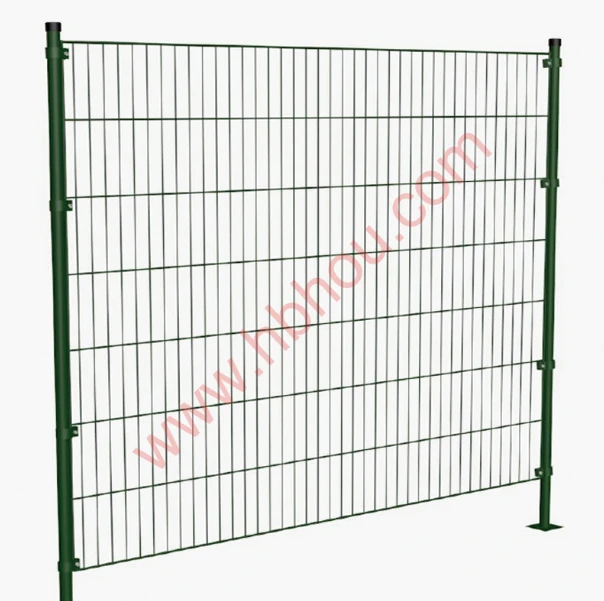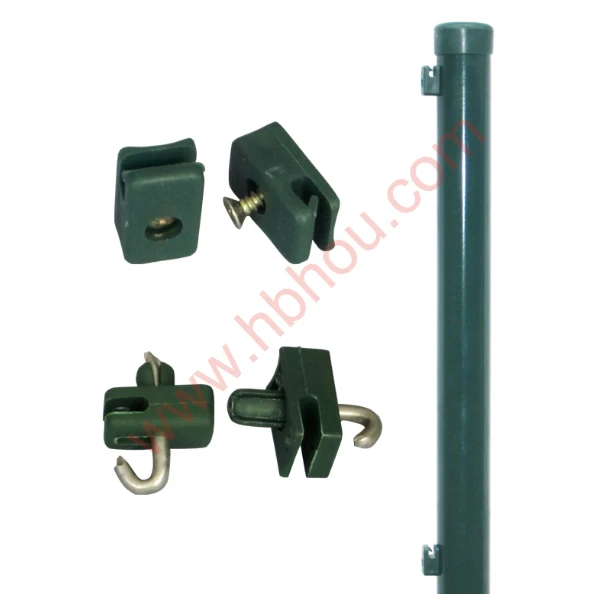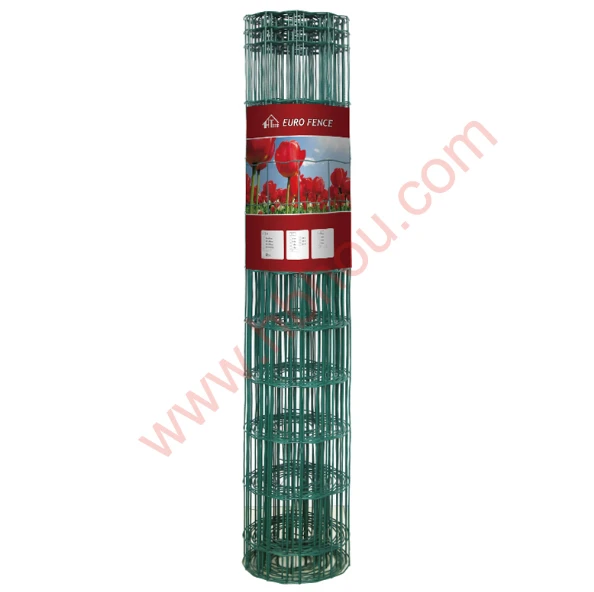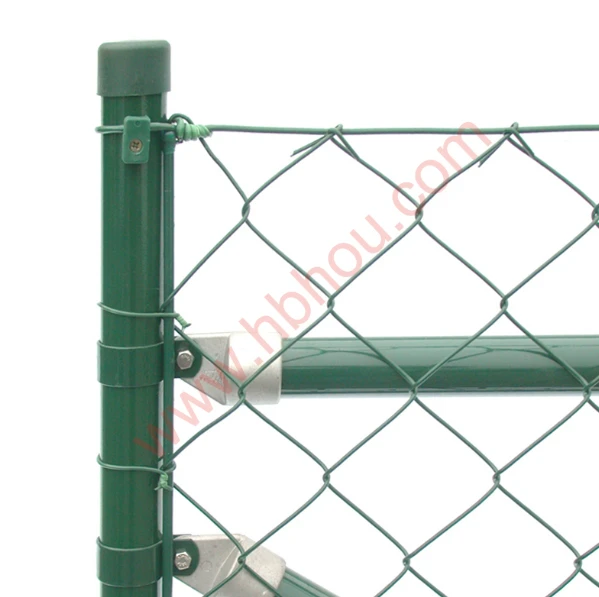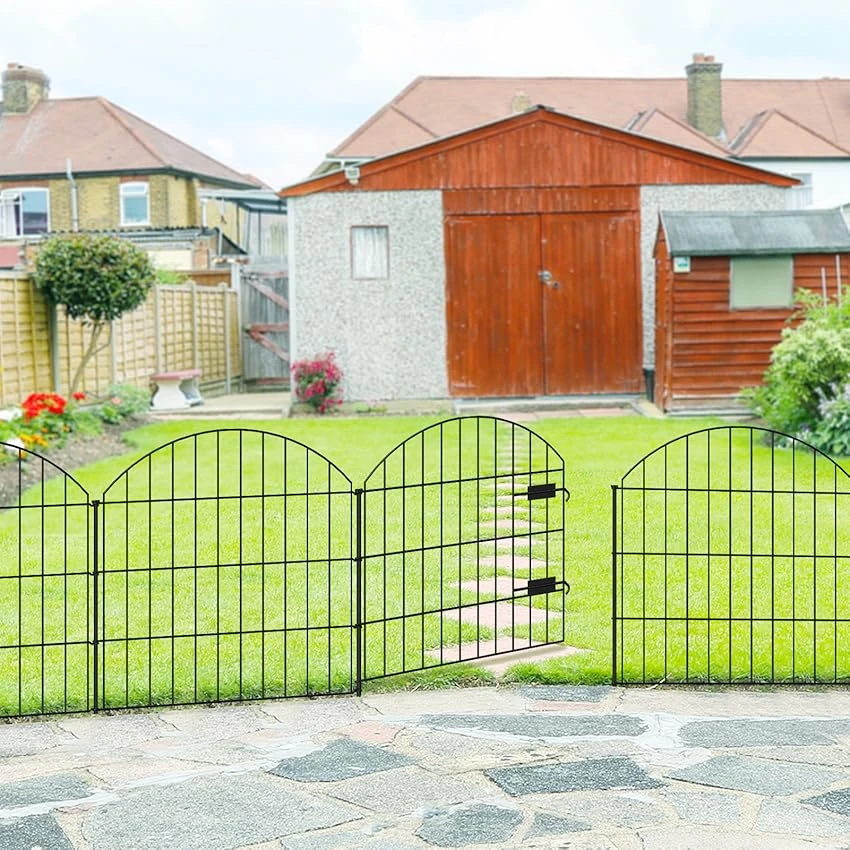Setting Up an Electric Fence for Your Garden
Creating a secure environment for your garden is essential, especially if you want to protect your plants from unwanted animals. An electric fence can be a highly effective solution, providing both safety and peace of mind. Here's a guide on how to set up an electric fence for your garden, ensuring it’s both efficient and compliant with safety standards.
1. Planning Your Layout
Before you begin installation, it's crucial to plan your garden's layout and determine the areas you wish to protect. Identify the specific regions where you’ve noticed animal activity or where you want to deter pests. Measure the perimeter accurately to know how much fencing material you'll need.
2. Choosing the Right Materials
Select high-quality electric fencing materials suited for your needs. You'll need insulators, grounding rods, and a suitable energizer (power source). For gardens, a low-impedance electric fence energizer is ideal, as it can effectively handle vegetation and still deliver the necessary charge.
3. Installing Posts
Using sturdy fence posts is key. Typically, you can use wood, PVC, or metal posts spaced about 10-15 feet apart. Ensure that the posts are securely anchored into the ground. The height of the posts depends on the types of animals you’re trying to deter. For small animals, a lower fence may suffice, while for larger critters like deer, you may need taller posts.
setting up electric fence for garden

Once the posts are in place, it’s time to string the wire. For a garden fence, using multiple strands is advisable to increase effectiveness. The bottom wire should be about 4-6 inches above the ground, with additional strands spaced 6-12 inches apart above it. Make sure to use insulated wire to prevent electricity from grounding out on the posts.
5. Grounding the System
A proper grounding system is crucial for your electric fence to work efficiently. Install at least one grounding rod (more may be necessary if your soil is particularly dry) at the end of the fence line. Attach the grounding wire to the energizer and the grounding rod firmly.
6. Testing
Before allowing your pets or children near the fence, make sure to test it. Use a voltage tester to ensure that the fence is electrified and functioning well. Adjust the energizer settings as needed for maximum effectiveness.
7. Regular Maintenance
Lastly, keep your fence in good condition. Regularly check for vegetation that might touch the wires, as this can ground the current and reduce the fence's effectiveness. Inspect the integrity of the posts and wires periodically to ensure full protective capability.
Setting up an electric fence for your garden may initially seem daunting, but with careful planning and execution, it can provide an efficient barrier against unwanted animals, allowing your plants to thrive. Stay safe and enjoy gardening!








